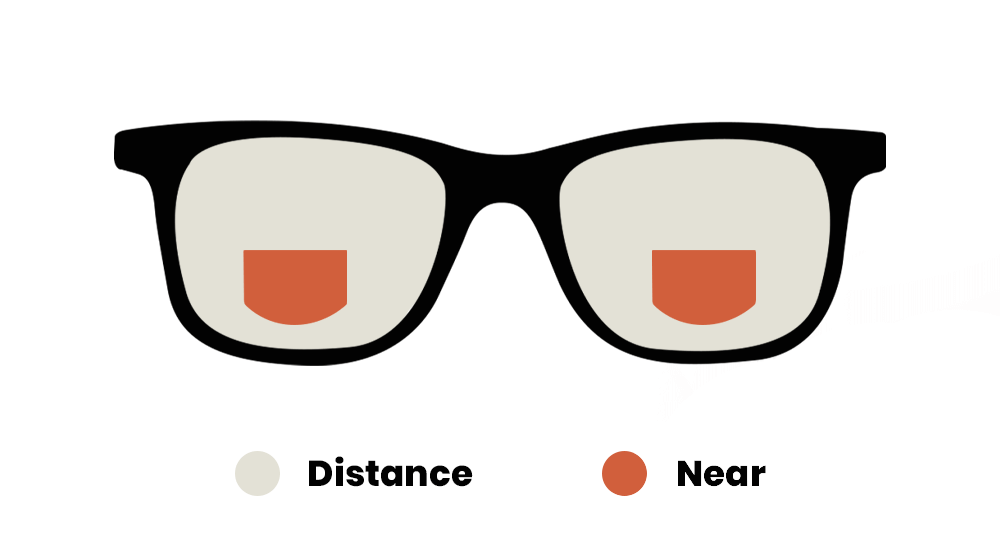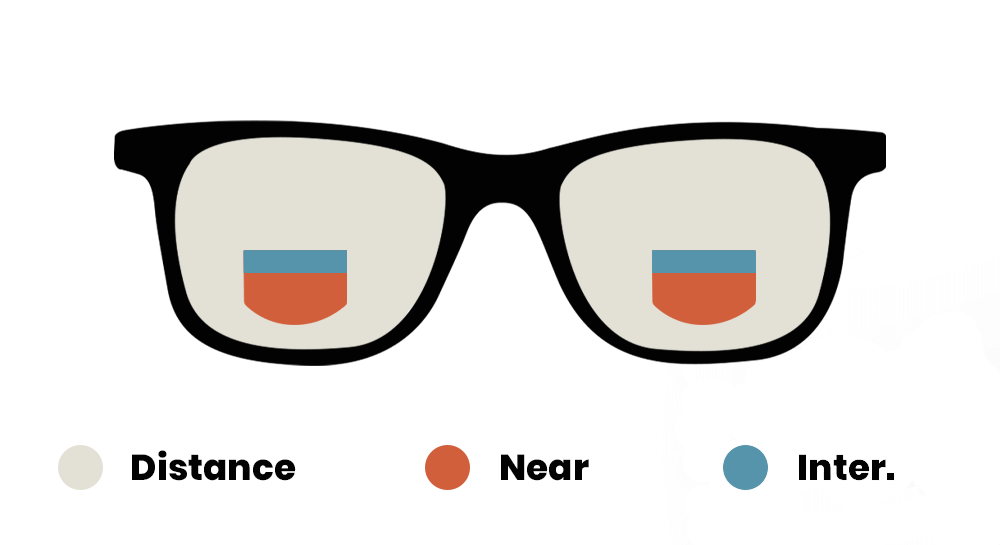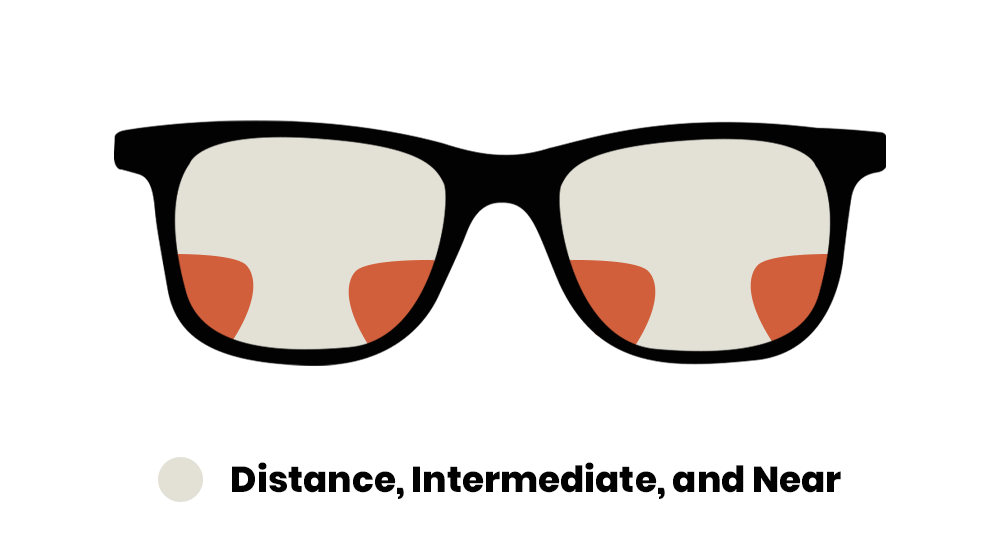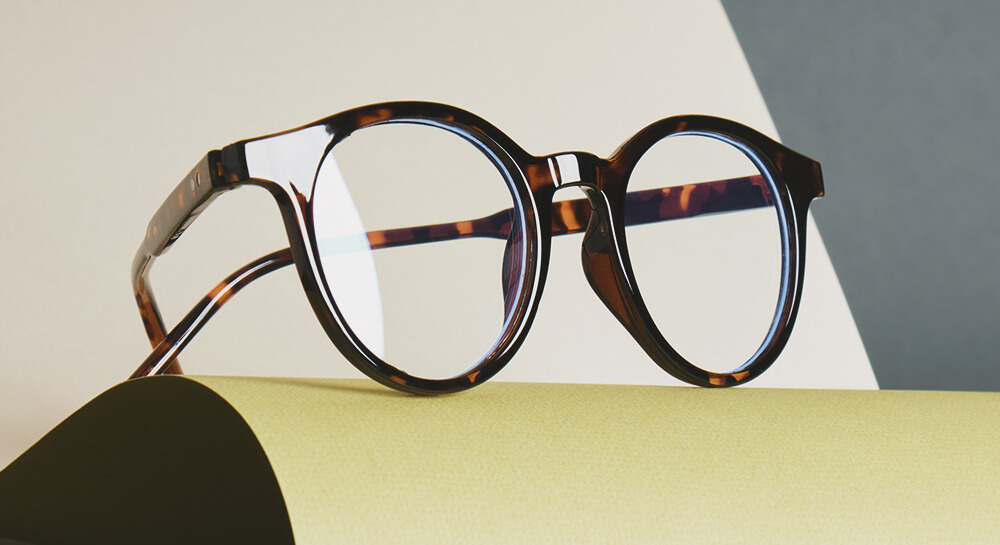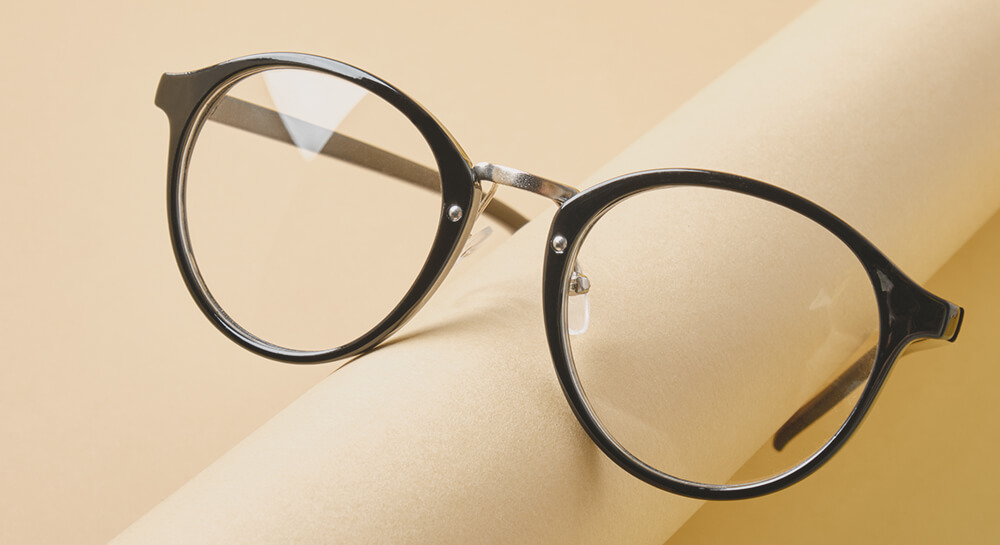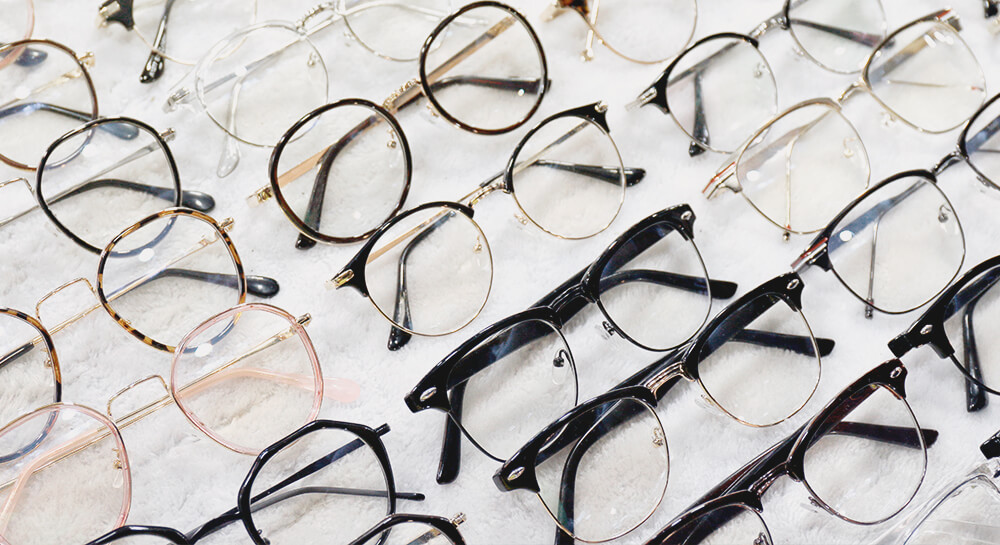What to Watch For
Myopia - Nearsightedness
Nearsightedness, or myopia, as it is medically termed, is a vision condition in which close objects are seen clearly, but objects farther away appear blurred. Nearsightedness occurs if the eyeball is too long or the cornea, the clear front cover of the eye, has too much curvature. As a result, the light entering the eye isn’t focused correctly and distant objects look blurred.
Nearsightedness is a very common vision condition affecting nearly 30 percent of the U.S. population. Some research supports the theory that nearsightedness is hereditary. There is also growing evidence that it is influenced by the visual stress of too much close work.
Generally, nearsightedness first occurs in school-age children. Because the eye continues to grow during childhood, it typically progresses until about age 20. However, nearsightedness may also develop in adults due to visual stress or health conditions such as diabetes.
Astigmatism
Astigmatism is a vision condition that causes blurred vision due either to the irregular shape of the cornea, the clear front cover of the eye, or sometimes the curvature of the lens inside the eye. An irregular shaped cornea or lens prevents light from focusing properly on the retina, the light sensitive surface at the back of the eye. As a result, vision becomes blurred at any distance.
Astigmatism is a very common vision condition. Most people have some degree of astigmatism. Slight amounts of astigmatism usually don’t affect vision and don’t require treatment. However, larger amounts cause distorted or blurred vision, eye discomfort and headaches.
Astigmatism frequently occurs with other vision conditions like nearsightedness (myopia) and farsightedness (hyperopia). Together these vision conditions are referred to as refractive errors because they affect how the eyes bend or “refract” light.
The specific cause of astigmatism is unknown. It can be hereditary and is usually present from birth. It can change as a child grows and may decrease or worsen over time.
Dry Eye
Having chronic dry eyes is common for much of the population and are a direct result of the eyes either not producing enough tears or having poor tear composition. They can itch, burn, sting, and turn red if left without treatment. Dry eyes have many causes from allergens to wind to age, sometimes making it difficult to pinpoint the causes for any one person. If left untreated, dry eyes can lead to eye infections or damage to the eye itself from scratching and rubbing.
While many people can treat dry eyes at home when it is only an intermittent problem, suffering from dry eyes frequently may warrant a trip to a specialist. A simple eye examination can pinpoint the causes of dry eyes and set up a plan for treatment for the underlying causes of dry eyes. Prepare for an appointment by thinking of as much information as possible about when symptoms began, any medications being taken to combat dry eyes, and any other relevant information to get the best possible information about how to stop dry eyes for good.
Hyperopia - Farsightedness
Farsightedness, or hyperopia, as it is medically termed, is a vision condition in which distant objects are usually seen clearly, but close ones do not come into proper focus. Farsightedness occurs if your eyeball is too short or the cornea has too little curvature, so light entering your eye is not focused correctly.
Common signs of farsightedness include difficulty in concentrating and maintaining a clear focus on near objects, eye strain, fatigue and/or headaches after close work, aching or burning eyes, irritability or nervousness after sustained concentration.
Presbyopia
Presbyopia is a vision condition in which the crystalline lens of your eye loses its flexibility, which makes it difficult for you to focus on close objects.
Presbyopia may seem to occur suddenly, but the actual loss of flexibility takes place over a number of years. Presbyopia usually becomes noticeable in the early to mid-40s. Presbyopia is a natural part of the aging process of the eye. It is not a disease, and it cannot be prevented.
Some signs of presbyopia include the tendency to hold reading materials at arm’s length, blurred vision at normal reading distance and eye fatigue along with headaches when doing close work. A comprehensive optometric examination will include testing for presbyopia.
To help you compensate for presbyopia, our doctor can prescribe reading glasses, bifocals, trifocals or contact lenses. Because presbyopia can complicate other common vision conditions like nearsightedness, farsightedness and astigmatism, our doctor will determine the specific lenses to allow you to see clearly and comfortably. You may only need to wear your glasses for close work like reading, but you may find that wearing them all the time is more convenient and beneficial for your vision needs.
Because the effects of presbyopia continue to change the ability of the crystalline lens to focus properly, periodic changes in your eyewear may be necessary to maintain clear and comfortable vision.
Glaucoma
Glaucoma is one of the premier causes for blindness in America. It is characterized by pressure in the eye causing damage to the optic nerve. Because glaucoma is often undetected by those who suffer from it until a very late stage in the progression of the disorder, it is crucial to get regular eye exams to ensure the safety of the eyes.
There are a few types of glaucoma which can affect the eye in different ways, all of which can be tested for by a simple eye examination. People predisposed to glaucoma include but are not limited to people with family history of glaucoma, people who have diabetes, heart disease, or high blood pressure, or those with history of eye surgery or eye conditions.
Eye damage caused by glaucoma is irreversible, so detecting it and getting treatment as soon as possible is the best option. Prescribed eye drops or oral medications can be used to treat glaucoma in the early stages, but if caught too late surgery or laser therapy may be necessary.
Macular Degeneration
Macular degeneration is an incurable eye disease and the leading cause of blindness in America. It is caused by the progressive damage to the central retina, also known as the macula. It is responsible for most aspects commonly associated with sight by focusing the central vision; when looking at an object, central vision is what focuses on details of the object while the periphery is blurred. With the degeneration of the macula, vision becomes blurred or wavy and, if left untreated, will result in blindness. Blindness caused by macular degeneration is not total. The periphery remains in tact partially, but all central vision is blurred or lost.
There are two types of macular degeneration. Dry, or atrophic macular degeneration, is most common and characterized by yellow deposits called drusen accumulating in the macula, while wet, or exudative macular degeneration is caused by abnormal blood vessels growing underneath it which leak fluid into the retina.
Most cases of macular degeneration develop in people over the age of 60, however, heredity plays a role, especially if the eyes are light in color, and children can develop macular degeneration as well. Other factors which can contribute to the onset of macular degeneration include smoking or history of smoking, high blood pressure, obesity, and high cholesterol.
Red Eye - Painfulful Eye
In many cases, red and painful eyes are caused by allergens or something similar. However, pain in the eye can be a symptom of an underlying problem. Cataracts, a detached retina, iritis (inflammation of the iris), and corneal abrasions are just a few of the multitude of issues which could cause red or painful eyes. If red, painful eyes persist always check with a doctor to rule out a serious complication as the source of the pain.
Diabetes Related Complications
Diabetic eye disease is a broad term which encompasses many eye conditions which can affect those with diabetes and potentially lead to partial or full loss of sight. Diabetic retinopathy, diabetic macular edema, glaucoma, and cataracts are common in those with diabetes.
Diabetic retinopathy is caused by blood vessels in the retina leaking fluid or bleeding and leads to blurred vision. As it advances, more blood vessels can accumulate on the retina and cause scarring. Both central and peripheral vision can be lost if diabetic retinopathy is left untreated.
The swelling of the retina which causes damage to the macula is referred to as diabetic macular edema. While it does not always present symptoms until a late stage, some people experience muted colors and blurry vision.
Cataracts is a condition in which the eye starts to get cloudy and blurs vision. For many, it results in vision similar to looking out a fogged car window.
Simple testing from an optometrist can help those with diabetes keep their eye health at its best. The National Eye Institute suggests persons with diabetes get annual eye exams to prevent any eye complications, and if any changes in vision occur it is best to consult a doctor.








